This week at The Archive we are marking reaching 81 million pages, as well as remembering the Concorde disaster in Paris, which took place 24 years ago this week. Meanwhile, we’ve added 366,562 brand new pages to our collection, as two brand new titles join us from County Down and Shropshire. Furthermore, from Chorley to Crawley, from Hartlepool to Hastings, from Sheffield to St. Andrews, we’ve updated fifteen of our titles from across England and Scotland.
So read on to discover more about our new and updated titles of the week, as well as to learn how the Concorde disaster was reported on in our newspapers.
Register now and explore the Archive
Before looking in further detail at the Concorde disaster, which took place on 25 July 2000, it’s time to introduce our two new titles of the week. We begin in Telford, with the Shropshire Star. The Shropshire Star was established on 5 October 1964 to serve the new town of Telford, which had been designated as such in the New Town Act of 1963, and would be again in 1968. The title grew from the Shropshire edition of Wolverhampton newspaper the Express and Star.
Covering the news from the whole of Shropshire, as well as parts of the nearby counties of Herefordshire, Worcestershire, Staffordshire and Cheshire, with some coverage from the mid Wales region too, the Shropshire Star appears on a daily basis.
Indeed, the Shropshire Star would become something of a pioneering newspaper title. It is known for being the first British newspaper to provide readers with colour photos of the moon landing in 1969, and also for being the first British newspaper to introduce an editorial computer system in 1980. The Shropshire Star has also played host to some famous staff members over the years, with television personality Jeremy Clarkson contributing motoring articles to the title in the early years of his career.
Such innovation has clearly paid off, with the Telford-based Shropshire Star reputedly being the twelfth biggest selling regional newspaper in the United Kingdom. It is still in print to this day.
We hop across the Irish Sea now to introduce our second new newspaper of the week, which is the Banbridge Leader. Providing ‘the best up to date information relating to Banbridge,’ a town in County Down, and ‘the surrounding area,’ the Banbridge Leader was established in 1994 ‘in opposition to the long-established Banbridge Chronicle,’ as per the Belfast News-Letter.
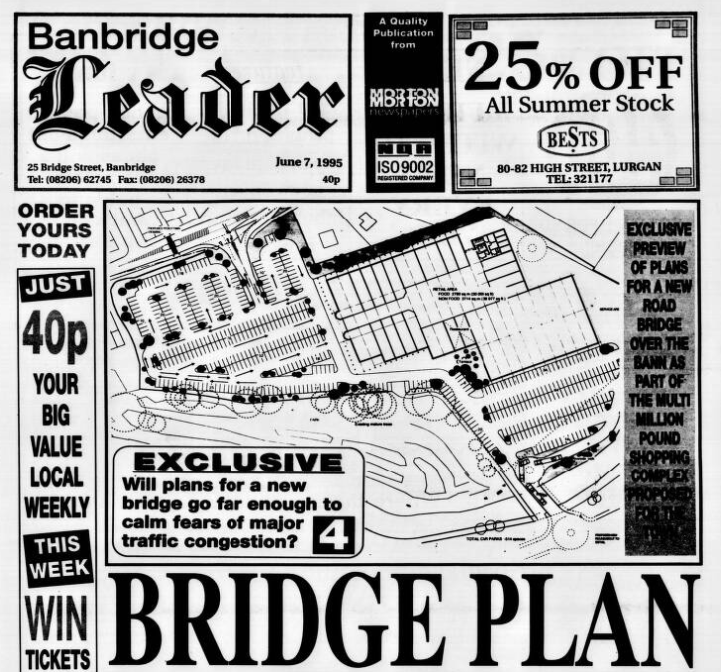
Banbridge Leader | 7 June 1995
Indeed, this new weekly County Down newspaper burst onto the publishing scene, with coverage of the new title appearing in Northern Irish national paper the Belfast News-Letter. The newspaper reported how the launch of the new Banbridge paper ‘had proved a success,’ detailing how:
The first 8,000 copies were delivered free to homes in Banbridge and the second edition was available free in local newsagents. This week’s paper, which costs 36p, comes with a free mug.
Appearing every Wednesday, the Banbridge Leader appears to this day, ‘providing the best news and sport in Banbridge and the wider area.’
Before we go on to remember the tragic Concorde disaster, we wanted to highlight some of our updated newspapers this week. We’ve made significant updates to two of our Aberdonian newspapers, with over 69,000 brand new pages joining the Aberdeen Evening Express and over 30,000 brand new pages joining the Aberdeen Press and Journal. Rounding off our trio of Scottish updates this week is the St. Andrews Citizen, to which we have added the year 1997.
Elsewhere, this week sees large updates to the Worthing Herald, to which we have added over 31,000 brand new pages, the Hartlepool Northern Daily Mail, to which we have added over 26,000 brand new pages, and the Shields Daily Gazette, to which we have added over 25,000 brand new pages.
The Concorde Disaster – 25 July 2000
On 25 July 2000 tragedy struck when Air France Flight 4590 crashed soon after take off in Paris, killing all 109 on board, and four people on the ground. Using our newly added pages this week we will examine the Concorde disaster, which led to the grounding of the Concorde fleet. The reputation of the supersonic airliner would never recover from this incident, the aircraft being ultimately retired in 2003.
We’ve taken our coverage of the Concorde disaster from new pages added to the Aberdeen Press and Journal, which is Scotland’s oldest daily newspaper and one of the longest-running newspapers in the world. Coverage of the crash made the paper’s front page on 26 July 2000 with the tragic headline ‘Concorde fireball kills 113 in Paris.’
What followed was an immensely moving description of the Concorde disaster, with eyewitness reports and initial discourse on the cause of the tragedy. The article began:
All Concorde flights were grounded last night after a packed Air France supersonic jet crashed on the outskirts of Paris killing 113 people. It ploughed into a hotel in the northern suburb of Gonesse, exploding ‘like an atomic bomb’ minutes after take-off. A major inquiry was underway last night into the crash, which came just a day after it emerged another Concorde had been taken out of service following the discovery of a hairline crack in a wing part.
Hauntingly, the Aberdeen Press and Journal had only reported on this hairline crack the day before, the day of the Concorde disaster.
The article on 26 July 2000 continued by reporting how a British woman had been injured ‘by the plane as it smashed into the Hotelissimo just outside the French capital.’ The report vividly continued as it described how as the stricken plane crashed into the hotel, it sent ‘a plume of smoke 1,000 ft into the afternoon sky and [showered] hot debris over a wide area.’
Reasons for the crash were not immediately clear, although the Aberdeen Press and Journal reported how it was ‘probably triggered by a fire in an engine.’ The newspaper, meanwhile, noted how ‘it was the first serious accident involving Concorde in three decades in the skies,’ which lead to British Airways ‘grounding its flagship Concorde fleet.’
The Aberdeen Press and Journal went on to collate eyewitness accounts of the Concorde disaster from shocked bystanders. One of these accounts came from businessman Darren Atkins, ‘who was on board a plane at the airport waiting to take-off.’ Atkins said:
Some debris had fallen off the plane and was actually on fire. The aircraft was on fire before it took off. There was a lot of shock from the passengers on our plane. There was so much smoke you could not actually see the Concorde leave the ground. It was visibly on fire, it is as simple as that.
Meanwhile, American pilot Sid Hare gave his own testimony, as he likened the crash to a ‘mini atomic bomb.’ He told the Aberdeen Press and Journal how:
It was trailing flames, 200 to 300ft. It probably wiped out the other engine next to it, so the airplane was then trying to climb on only two out of four engines. And it just couldn’t gain altitude. He kept trying to get the nose up to gain altitude, which eventually caused a stall, the nose pitched straight up in the air, and the airplane just started rolling over and back-sliding down toward the ground. It was a sickening sight. When it hit, there was just a huge fireball.
In the days, weeks and months after the crash a picture started to emerge of what had happened that fatal day. The flight had ran over some debris on the runway, which caused a tyre to explode. The debris from this explosion then led to the damaging of the aircraft’s landing gear and fuel tanks, which in turn meant its engines lost thrust, the pilots sadly losing control of the plane.
This awful event led to the end of Concorde, the supersonic airliner being retired in 2003. Find out more about the history of Concorde, aviation, and much more besides, in the pages of our Archive today.
New Titles
| Title | Years Added |
| Banbridge Leader | 1995-1999, 2001 |
| Shropshire Star | 1993-1995, 1997-1998, 2002-2003 |
Updated Titles
This week we have updated fifteen of our existing titles.
You can learn more about each of the titles we add to every week by clicking on their names. On each paper’s title page, you can read a free sample issue, learn more about our current holdings, and our plans for digitisation.
| Title | Years Added |
| Aberdeen Evening Express | 2000-2003 |
| Aberdeen Press and Journal | 2000-2001 |
| Banbury Guardian | 2003 |
| Barnoldswick & Earby Times | 1983, 1990, 1998 |
| Bedfordshire Times and Independent | 1998, 2003 |
| Chorley Guardian | 1990, 1992 |
| Crawley and District Observer | 1993, 2002 |
| Derbyshire Times | 1990 |
| Hartlepool Northern Daily Mail | 1997-1998, 2002 |
| Hastings and St Leonards Observer | 1990 |
| Sheffield Independent | 1924-1925, 1932 |
| Shields Daily Gazette | 1998, 2001 |
| St. Andrews Citizen | 1997 |
| Sussex Express | 1990 |
| Worthing Herald | 1975-1977, 1996-1997, 2000-2001, 2003 |
You can keep up to date with all the latest additions by visiting the recently added page. You can even look ahead to see what we’re going to add tomorrow.


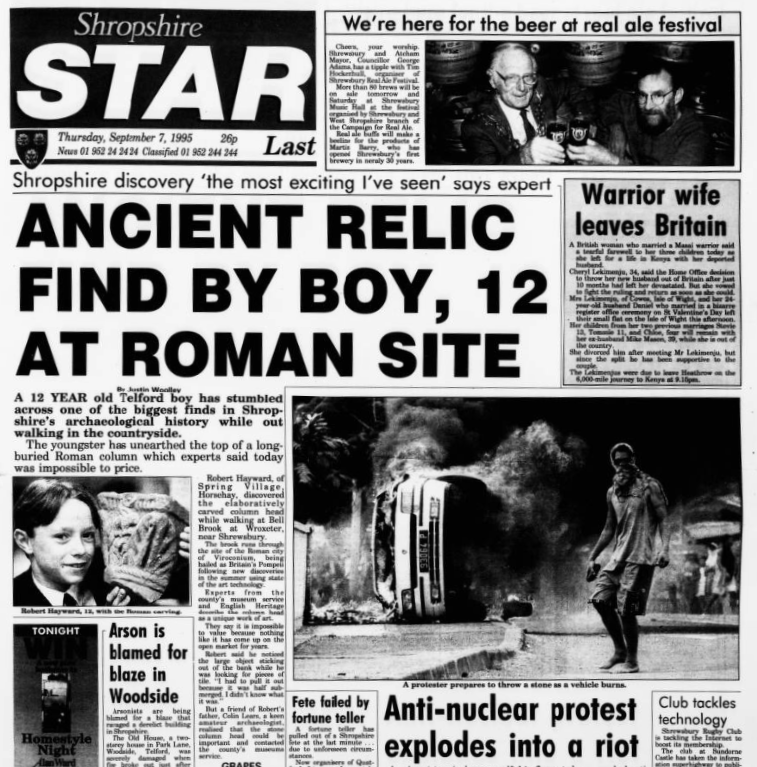
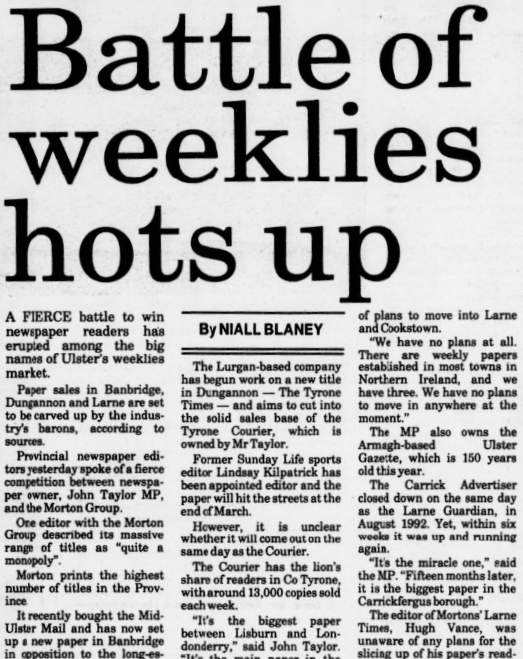

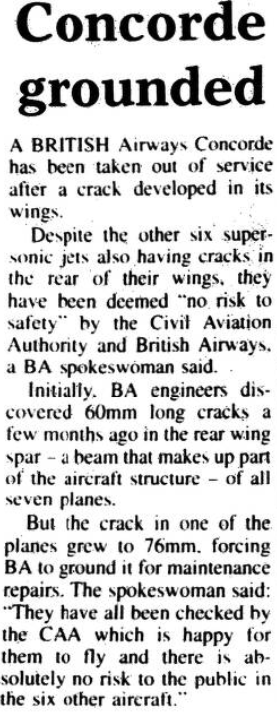


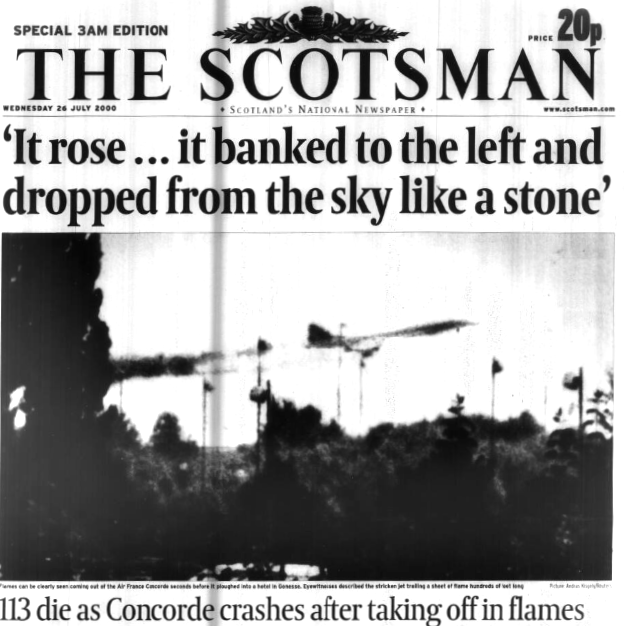
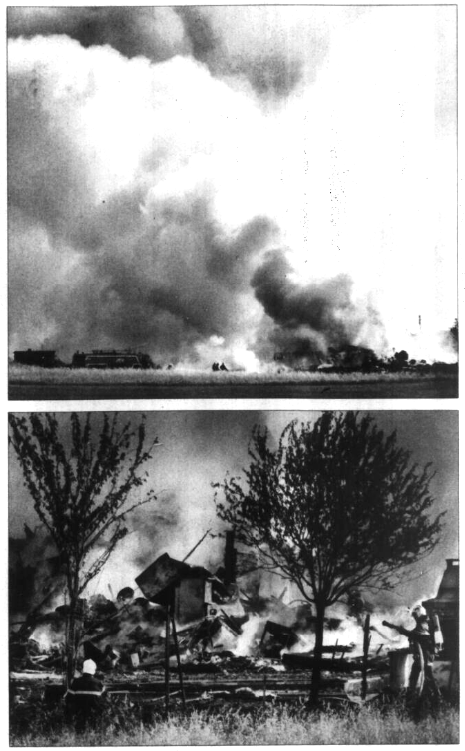
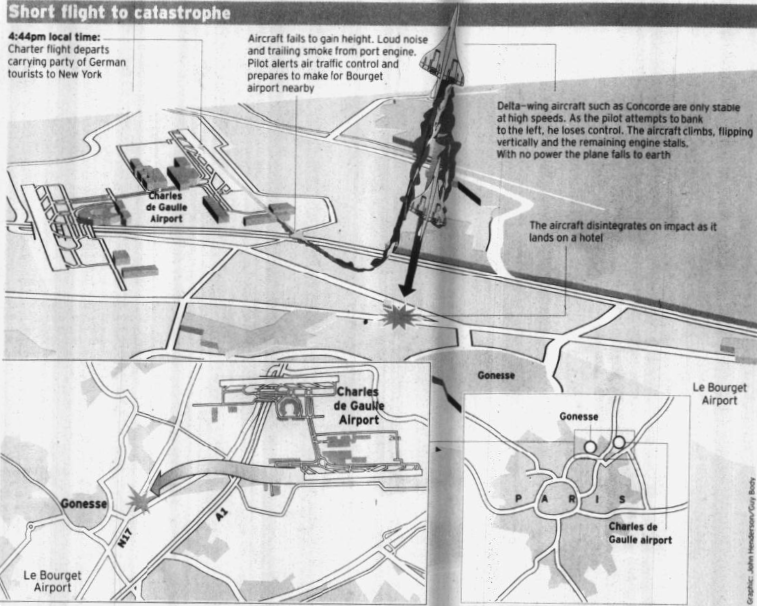

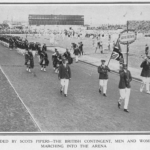
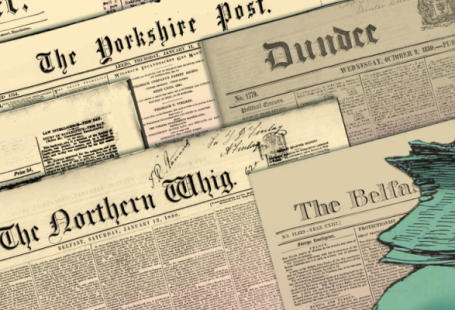
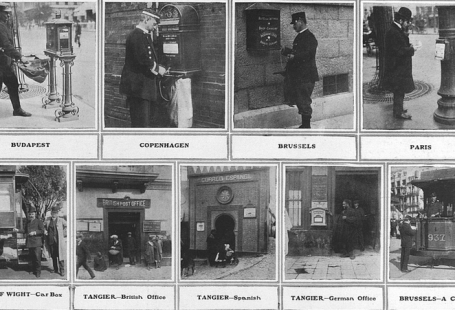

1 comments On Hot Off The Press – New Titles This Week
how about reproducing some more early papers 18th/19th century. London and Essex is my preference
Keep up the good work.
David Patient.